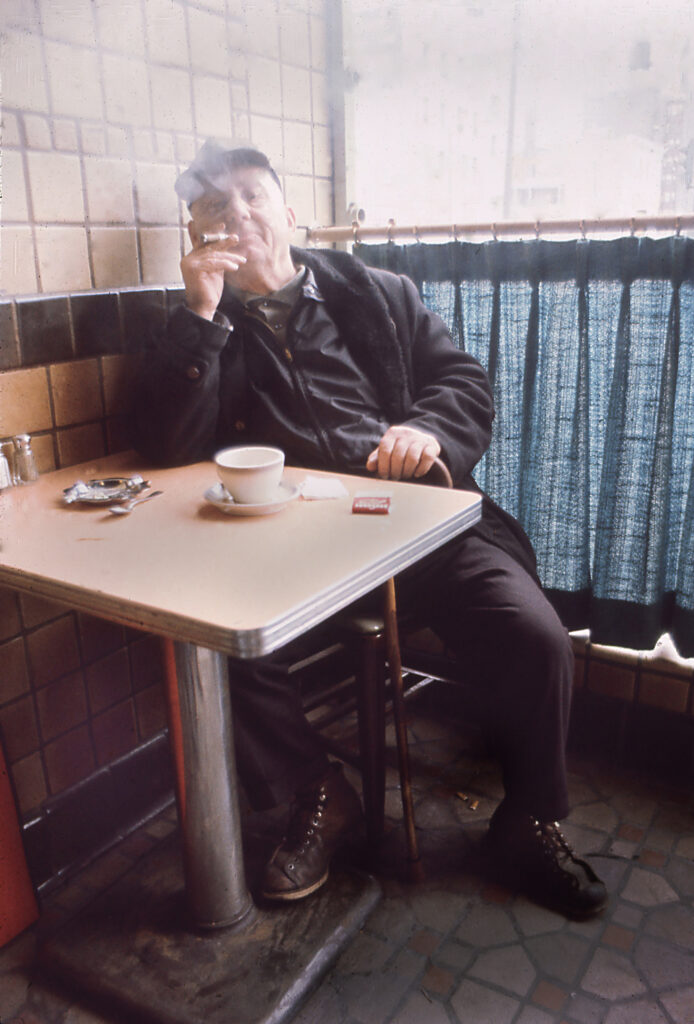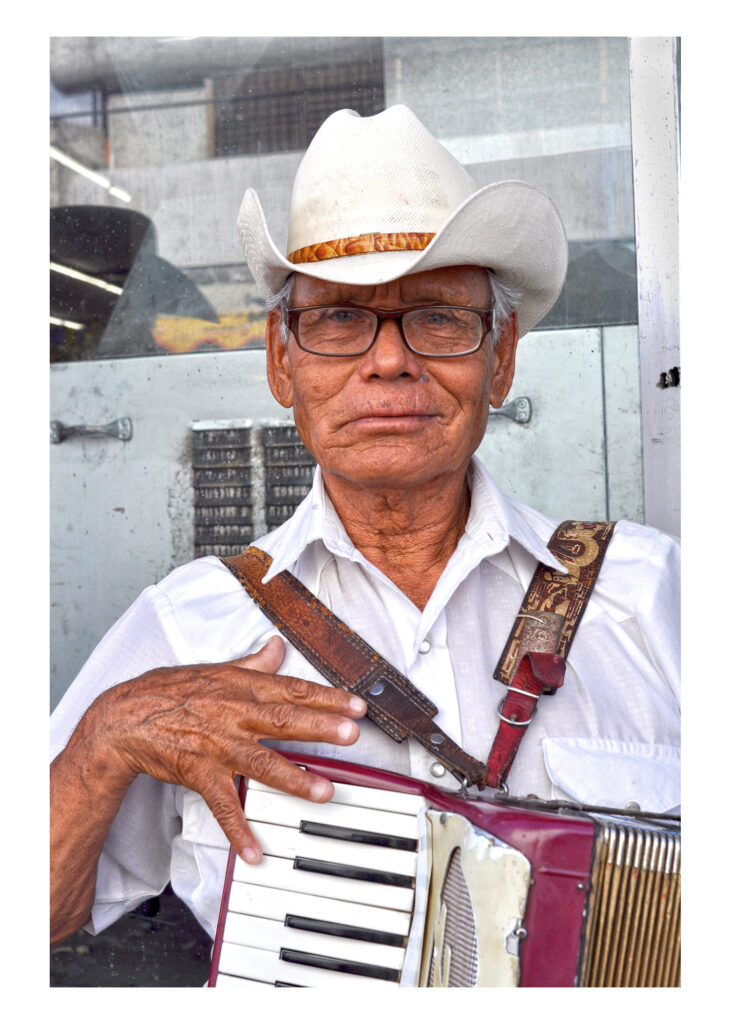A LOOK AT EARLY DOCUMENTARY PHOTOGRAPHY
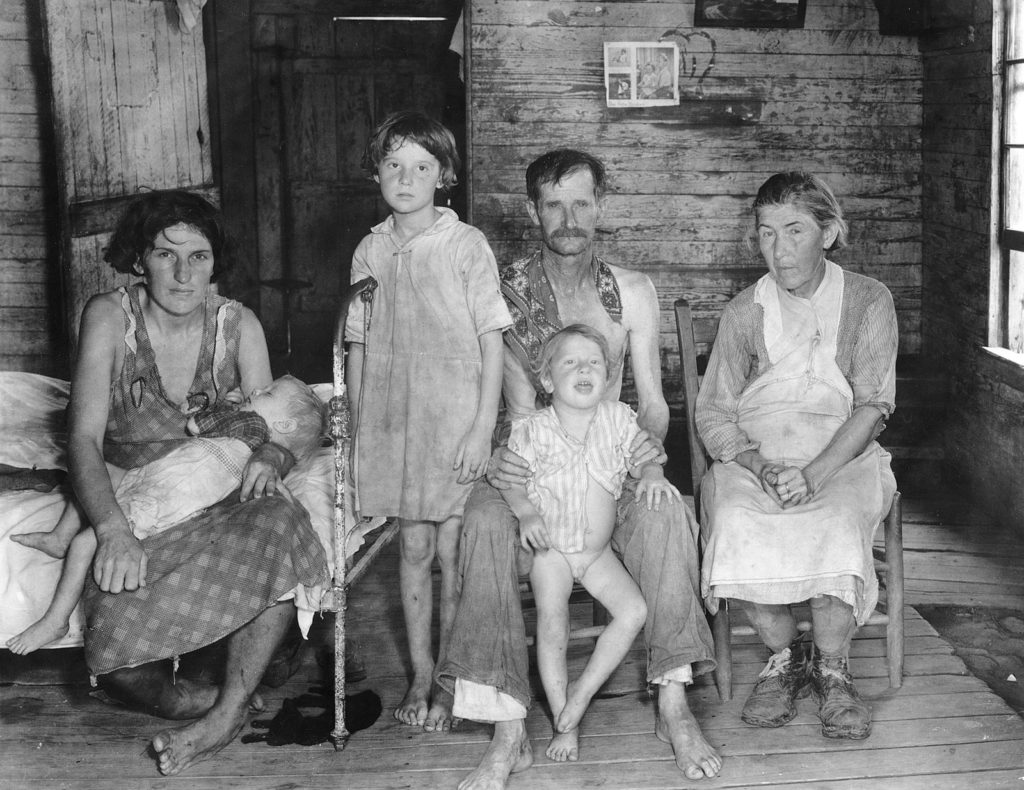
Documentary photography is a genre or style of photography that is used to tell a story. It consists of being accurate and straightforward in your reporting of a story that may be representing people, places, objects, and events. The sole purpose of documentary photography was and is to bear witness stories to tell even after years after its happenings. Some important photographers such as Dorothea Lange and Robert Cappa used documentary photography to demonstrate the world events that they were living such as the farmer’s stories and the Spanish Civil War. Other photographers like Ansel Adams took part in documentary photography with conservation photography and his photography on the landscapes he photographed. According to Visual Arts Cork their definition of documentary photography is the following “documentary photography is a type of sharp-focus photography that captures a moment of reality, in order to convey a meaningful message about what is happening in the world.” What distinguishes documentary photography from photojournalism is that it is focused on an ongoing event, issue, or environment rather than breaking news events or an interesting moment in everyday life.
Documentary photography can be traced all the way back to 1821-1889 when Philip Delamotte used photography to document and record the disassembly of the Crystal Palace. Early landscape and architectural photography paved the way for documentary photography as it was the early recordings of photographers documenting important events in history that we can now look back to. In the US documentary photography became important to document the Great Plains in landscape photography and photographing the American Western landscapes such as the Grand Canyon, Yellowstone Park, Yellowstone River, and regions of new and unexplored land such as Nevada, New Mexico, California, and Oregon. It also played a large role in documenting the Civil War and the railroads early in US history.
The intention of documentary photography is to bring light to hidden reality, an injustice, or an important part of history in the making. What documentary photography shoots for are raw and honest pictures that will depict a reality. Documentary photography is more of an umbrella term for several styles and themes such as Social Documentary; Conservation Photography; Ethnographic Photography; War Photography; the photo essay; New Documents; and Social Landscape photography. Due to the large variety of what documentary photography encompasses there is a lot of important documentary projects with a range of different themes. Some work that has been recognized as important documentary projects include Matthew Brady who covered the American Civil War. An owner of a fashion portraits studio in New York, he invested all his wealth and time documenting the war. He saw himself as the pictorial historian of his times and knew about the importance of documenting the war. Lewis Hine was another photographer whose project became important in documentary projects. Hine discovered the power of photography to persuade. Another important documentary project was the Farm Security Administration which led to the documentation of the hard years the American people faced during the Great Depression and the Dust Bowl.
The Farm Security Administration (FSA) hired a college graduate Roy Stryker to run a historic section of the events. Some of the photographers that were hired to the force included Dorothea Lange, Walker Evans, Arthur Rothstein, Ben Shahn, and other photographers. Their task was to take persuasive pictures, get to know the refugees’ and experience the events firsthand. They photographed migrants camps, the barren landscapes, abandoned homesteads, and the defeated people. The photographs were distributed to newspapers, magazines, and exhibitions in Washington D.C. and New York. They documented the reality of the hast condition the American people were living in and avoided being false with the reality. Due to the honesty and raw nature of the pictures, the public support grew as well as the government’s actions to help the people. The FSA lasted till 1935 until it was taken in by the US Office of War Information in 1941.
Documerica was another important documentary project. Late 1960’s a lot of the American landscape was taken over by land development projects that led to unstoppable air, noise, and land pollution. Therefore, the Documerica project was created by the Environmental Protection Agency (EPA). The purpose of the project was to focus and bring awareness to environmental concerns. The project was successful with the American people’s support as well as America’s recommitment to solve these problems. More than 20,000 photographs were taken and its photographs continue to impact Americans with environmental concerns even after years of its dismantling.
Lewis Hine was what some people called “a conscience with a camera”. He was an ex-laborer who worked his way into getting an education and obtained a sociology degree. His upset with the American government grew as he believed they were putting corporations’ welfare before the people’s welfare. With his growing disappointment with the government, he quit his teaching job to dedicate himself to being a full-time documentary photographer. He started by documenting immigrants coming to the United States looking for a better life to then end up in hard labor working in factories and live in the slums. Hine was later hired by the National Child Labor Committee (NCLC) where he worked as an undercover investigative photographer showing industrialists using young children to work. He documented everything from the working conditions and long hours children had to endure. He turned statistics into real pictures of people working in dangerous conditions. He used a lunchbox to carry his camera and photograph and interview children. In 1930 Hine was able to see his hard work had paid off after a federal law was passed against child labor.
An important documentary photographer was Walker Evans. In 1935 he worked for the FSA and made sure to document the effects of the Great Depression. According to Evans his purpose as a photographer was to make pictures that were “literate, authoritative, and transcendent”. His role in the FSA was to show the real side of the Great Depression and the Dust Bowl. To be honest though his pictures and take a moment to get to know the people he photographed and know their stories. Many of his works are now in museums and serve as reminders of what the American people lived. His work also inspired the groundbreaking book Let Us Now Praise Famous Men that detailed the farming families’ stories and the poverty of the time. He continues to work with the FSA until 1938. Due to his passion for writing and reading he soon became a staff writer for Time and then an editor for Fortune.
Documentary photography is candid storytelling and honesty. Documentary photography can be distributed through different mediums in order to showcase the issue or purpose of the story. Just like Dorothea Lange, Walker Evans, and Lewis Hine projects were a process to take action documentary photography takes time and dedication.
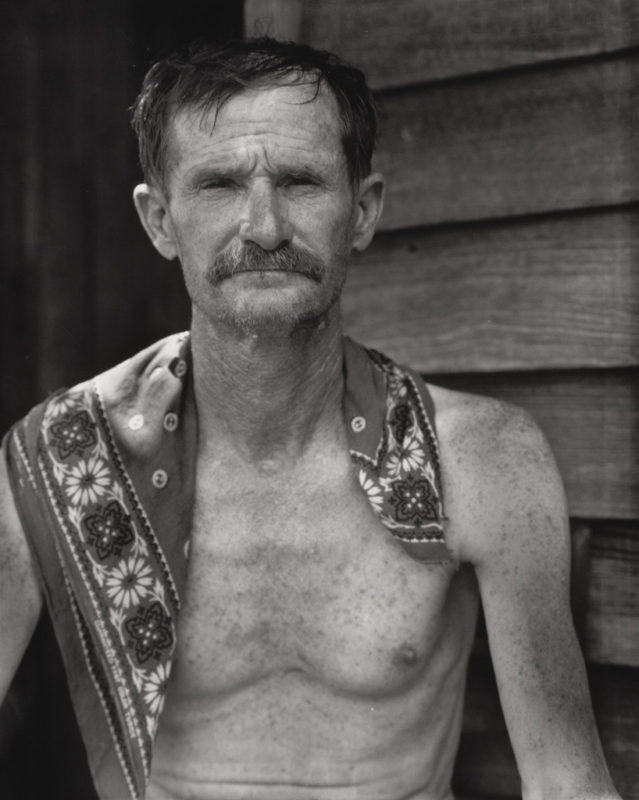
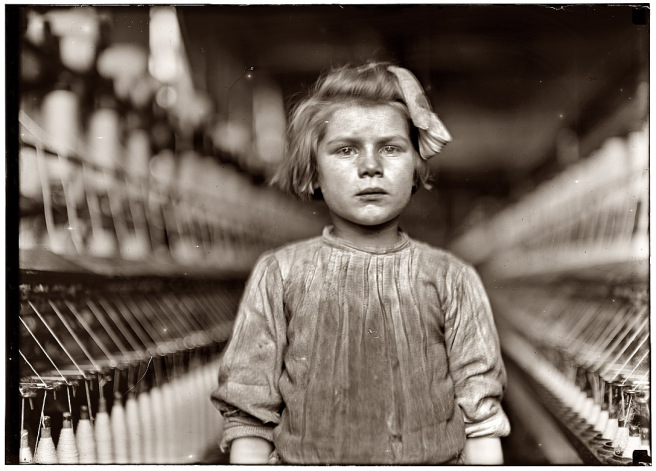
References
https://www.tate.org.uk/art/art-terms/d/documentary-photography
http://www.visual-arts-cork.com/photography/documentary.htm
https://www.britannica.com/technology/photography/Documentary-photography
https://m.theartstory.org/movement/documentary-photography/
https://www.archives.gov/publications/prologue/2009/spring/documerica.html
